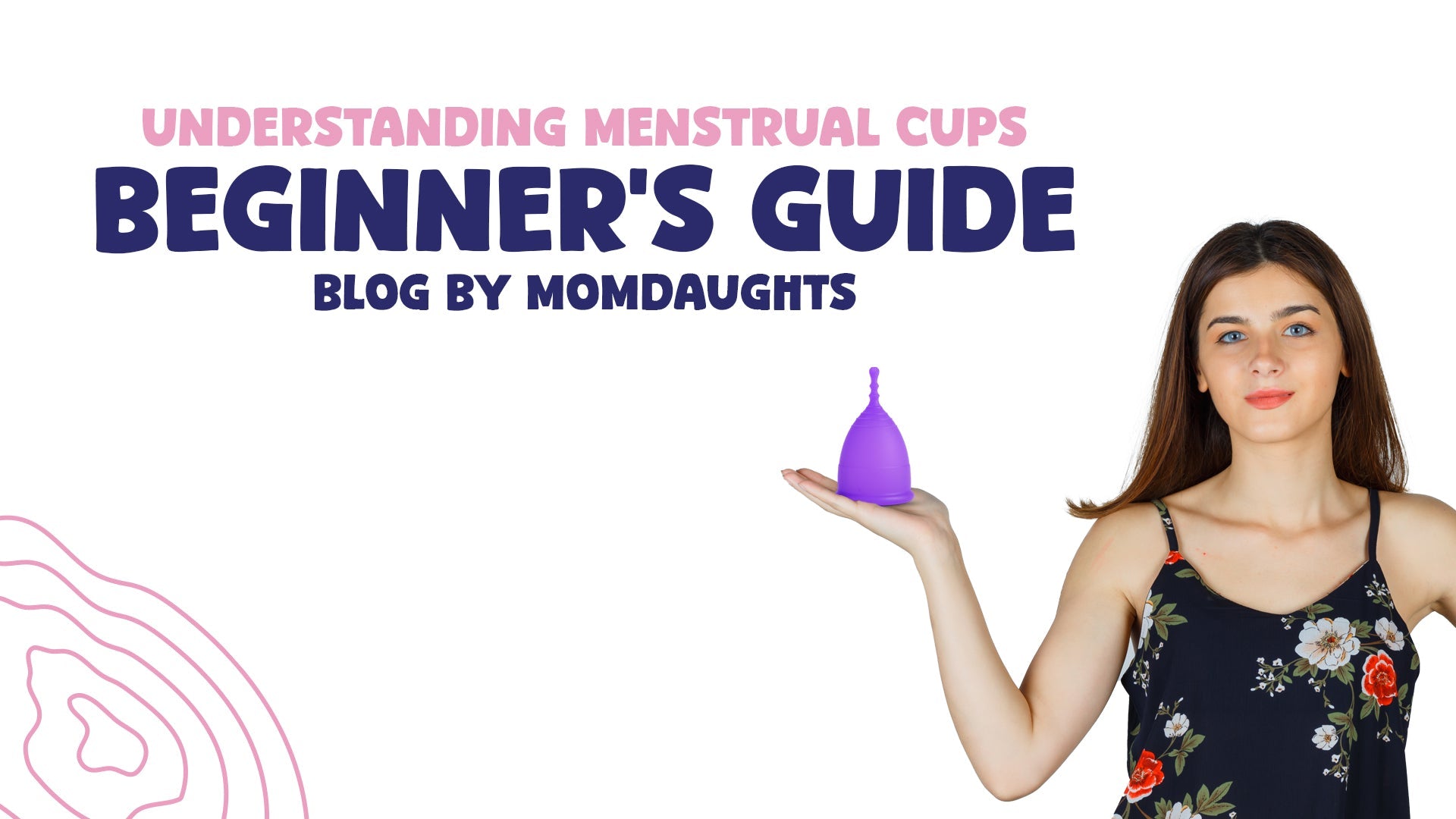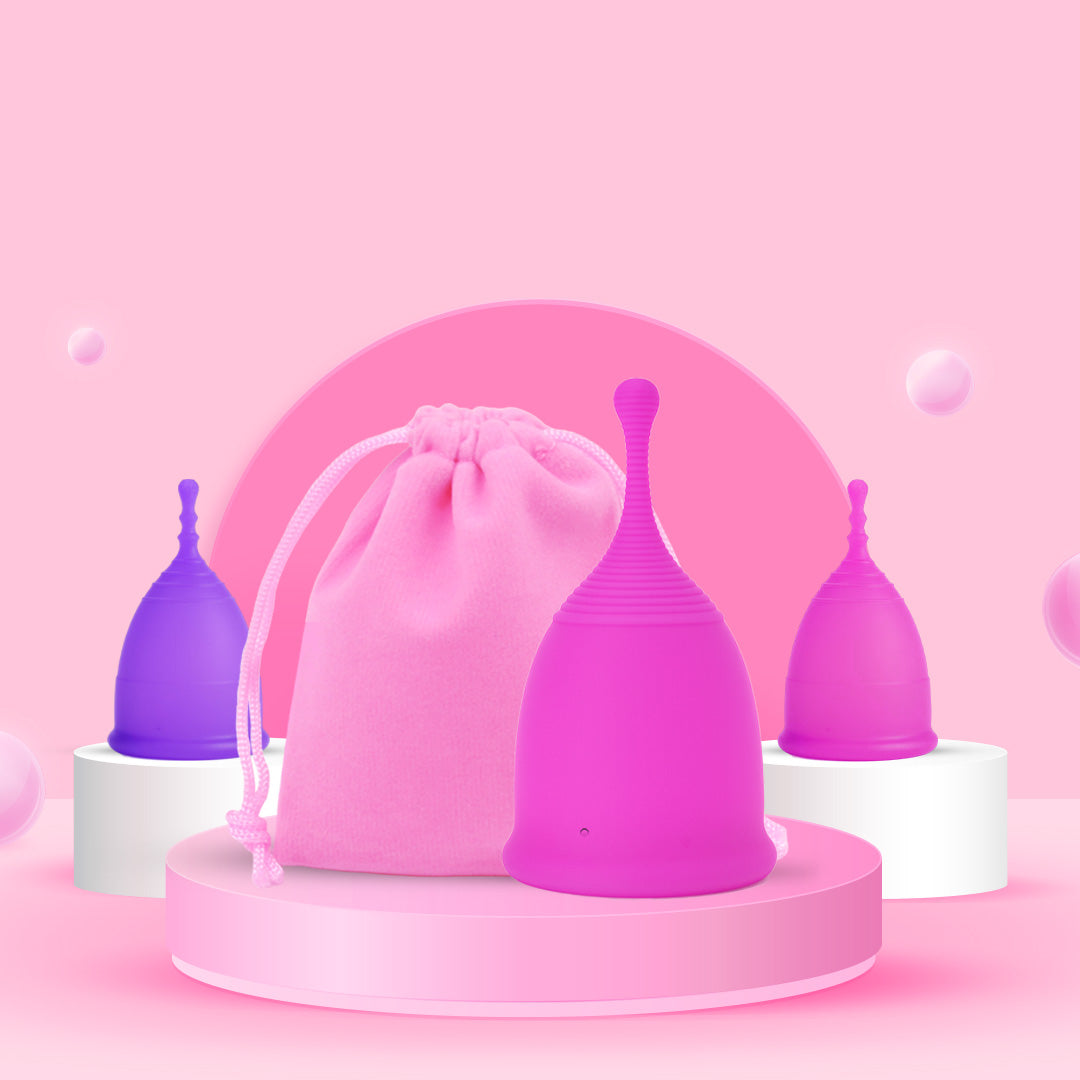Frequently Asked Questions
1. What is a menstrual cup?
2. What are the benefits of using a menstrual cup?
3. How do I choose the best menstrual cup for me?
4. Can I sleep or exercise while wearing a menstrual cup?
5. Are there any myths about menstrual cups I should know?
For many individuals with periods, finding the right menstrual product can be overwhelming. With the myriad of options available, it can be challenging to make a decision. One option that has been gaining popularity is the menstrual cup. This article serves as a beginner's guide to understanding menstrual cups, their benefits, how to use them effectively, and what you need to know to choose the best menstrual cup for you.
What is a Menstrual Cup?
A menstrual cup is a reusable, flexible cup made typically of silicone or rubber that is inserted into the vagina during menstruation to collect menstrual fluid. Unlike tampons or pads, which absorb menstrual fluid, menstrual cups catch it. They come in various sizes and shapes, designed to accommodate different body types and flow levels.
The Benefits of Using a Menstrual Cup
Menstrual cups offer several advantages over traditional menstrual products. Here are some key benefits:
- Cost-Effective: Menstrual cups can last for years with proper care, making them a more economical option in the long run.
- Environmentally Friendly: By switching to a reusable menstrual cup, you reduce waste from disposable products, contributing positively to the environment.
- Comfort: Many users find menstrual cups more comfortable than other options. Once inserted correctly, they can be worn for up to 12 hours without worry.
- Reduced Risk of Toxic Shock Syndrome (TSS): While TSS can occur with all menstrual products, the use of a menstrual cup has been linked to a lower risk.
- Better Flow Control: Menstrual cups can hold more fluid than tampons or pads, which means fewer changes throughout the day.
How to Choose the Best Menstrual Cup
Selecting the best menstrual cup can feel daunting, especially with the various brands and types available. Here are some factors to consider:
1. Size
Menstrual cups come in different sizes typically categorized as small, medium, and large. The right size often depends on factors such as:
- Your age
- Whether you’ve given birth vaginally
- Your menstrual flow
Smaller cups are often suitable for younger individuals or those with lighter flows, while larger cups may work better for those with heavier menstrual flows or those who have given birth.
2. Firmness
The firmness of a menstrual cup can affect comfort and ease of insertion. Softer cups tend to be more comfortable for individuals with a sensitive bladder, while firmer cups may be easier to open and create a seal, particularly for those with a higher cervix.
3. Length
The length of the cup can also play a significant role in comfort and effectiveness. Consider your cervix height during your menstrual cycle as this can change throughout the month. The right cup will sit comfortably and securely without slipping down or causing discomfort.
4. Material
Most menstrual cups are made of silicone, rubber, or latex. If you have allergies or sensitivities to certain materials, it's essential to choose a cup made from a material suited to your needs.
How to Use a Menstrual Cup
Using a menstrual cup for the first time may require some practice, but with a few simple steps, you’ll become a pro in no time. Here’s how to get started:
Step 1: Wash Your Hands
Before handling your menstrual cup, it’s crucial to wash your hands with soap and water to prevent any infections.
Step 2: Fold the Cup
There are various folding techniques you can use to make inserting the cup easier. A common method is the “C-fold”, where you pinch the sides of the cup together and fold it over to form a “C” shape. Other techniques include the “punch-down fold” or “7-fold,” so feel free to try different styles until you find the one that works best for you.
Step 3: Insertion
While in a comfortable position (sitting, squatting, or standing), gently insert the folded cup into your vagina, directing it toward your tailbone. Once it's inside, it should open and create a seal against the vaginal walls. If you experience discomfort, you may need to adjust the position or ensure that it has opened correctly.
Step 4: Removing the Cup
To remove the cup, wash your hands first. Then, gently pinch the base of the cup to break the seal and pull it out. It’s essential to do this slowly to minimize any discomfort or spill. Once removed, empty the contents into the toilet and rinse the cup in water.
Step 5: Storage
After each cycle, ensure that you sterilize your menstrual cup by boiling it in water for a few minutes. After it’s dry, store it in a breathable cloth bag to keep it clean until your next menstrual cycle.
Addressing Common Concerns
As with any product, questions and concerns may arise about using a menstrual cup. Here are some common queries:
Is it safe to sleep with a menstrual cup?
Yes! You can safely sleep with a menstrual cup, as it can be worn for up to 12 hours. Just ensure that you have the right fit and size for your body to prevent leaks.
Can I exercise while wearing a menstrual cup?
A menstrual cup can be worn during most physical activities, including swimming, running, and yoga. Many users find them more comfortable during workouts compared to tampons or pads.
What if I have a heavy flow?
The best menstrual cup for heavy flow typically has a larger capacity. It's advisable to check your options and consider checking the cup every few hours to ensure it's not full and at risk of leaking.
Menstrual Cup Myths Debunked
There are several myths surrounding menstrual cups that can deter individuals from trying them. Here are a few common misconceptions:
Myth 1: They are difficult to insert and remove.
Many new users find menstrual cups easier to use than expected. With practice, most individuals can quickly learn the insertion and removal process.
Myth 2: Menstrual cups can get lost inside the body.
It’s impossible for a menstrual cup to get lost in your body. The cervix prevents it from going further than the vagina, and if you’re ever concerned about removing it, simply relax and pinch the base to remove it.
Myth 3: They are unhygienic.
With proper care and cleaning, menstrual cups are considered very hygienic. Proper washing before and after use can prevent infections, just like any other menstrual product.
In Conclusion: Embrace the Change!
Making the switch to a menstrual cup can be a game-changer for your menstrual health and the environment. Armed with the right knowledge, you can confidently Explore your options and find the best menstrual cup that meets your needs. Whether you’re looking for comfort, sustainability, or cost-efficiency, menstrual cups offer a practical solution that may just be the perfect match for your monthly cycle. So go ahead, make the change, and embrace this innovative journey to a more convenient and eco-friendly period experience!





